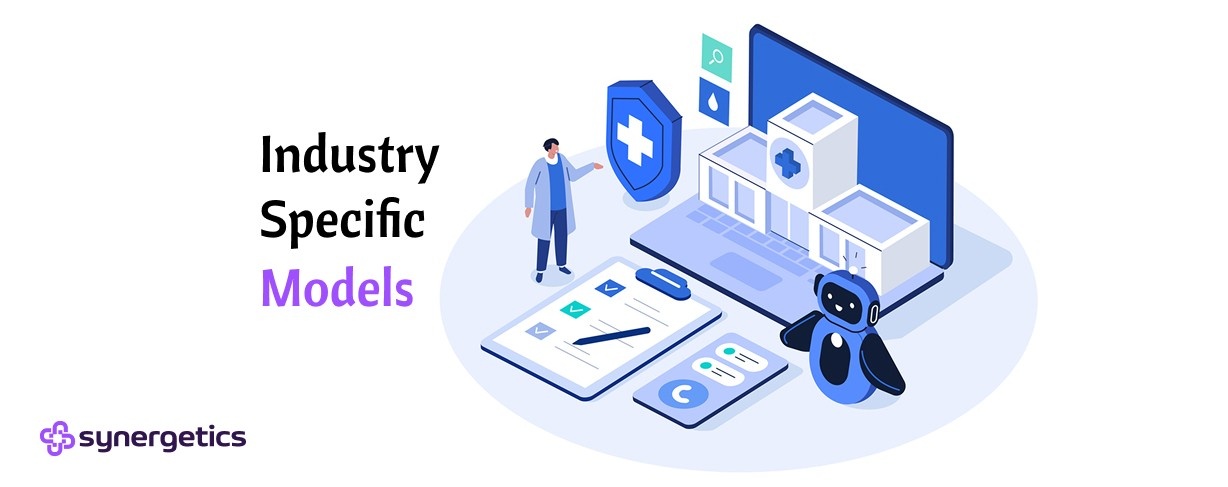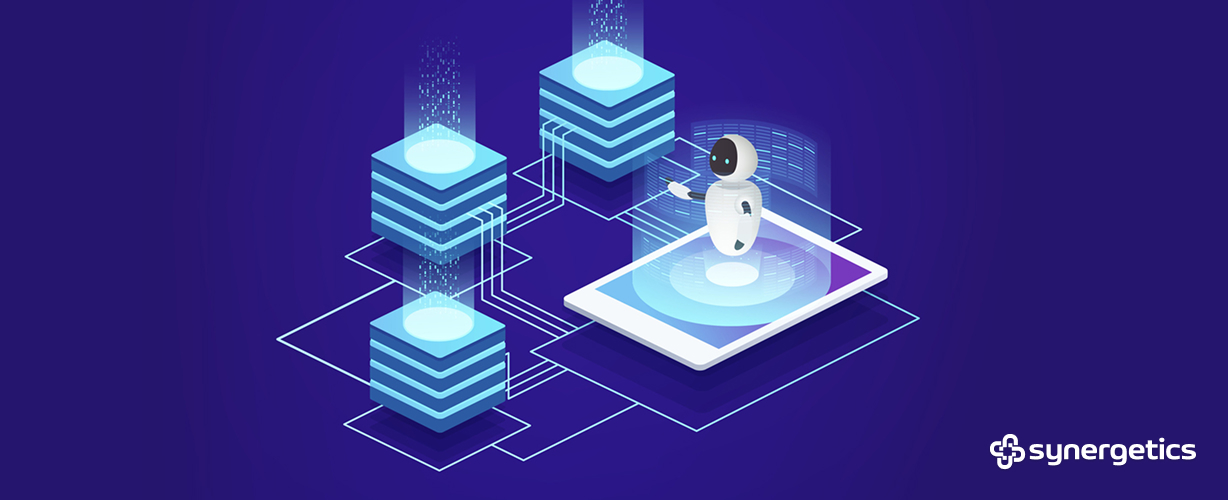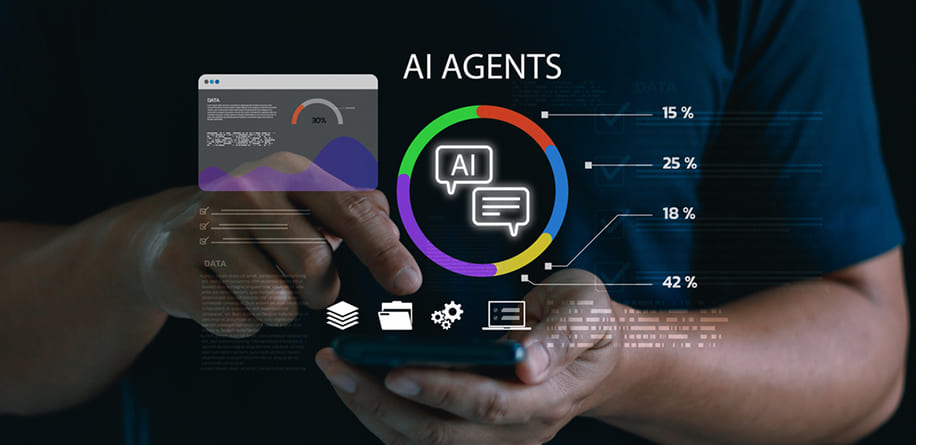Introduction
As AI agents become more common across industries, there’s a growing push to connect them better. But getting them to work smoothly across different platforms isn’t always simple. One company’s smart assistant might run on custom hardware, while another’s operates entirely in the cloud. When these systems need to collaborate or share data, things can break down. Miscommunication between agents can lead to poor performance, wasted time, and missed opportunities.
Cross-platform compatibility isn’t just a technical issue. It’s a major part of creating AI systems that actually do what they’re supposed to. If you’re building or running AI agents in different environments, you need a setup that allows them to speak the same language and follow the same rules. That means using tools and systems built to handle flexible communication, no matter where or how the agents are deployed.
Common Compatibility Issues in AI Development
AI agents use different methods to exchange information, interpret tasks, and complete actions. But when these agents aren’t made with shared standards or expectations, big problems can come up during development or launch. These issues usually show up when integrating agents from separate systems or scaling up projects to work across new environments.
Some of the most common compatibility problems include:
- Communication Protocol Mismatches: Agents often rely on specific protocols to send and receive messages. If two platforms use different standards, messages might be delayed, misread, or completely ignored.
- Data Structure Conflicts: One agent might format its data one way, while another expects a completely different format. This causes confusion or failure when processing instructions or updating records.
- Hardware or Software Requirements: Agents may be built for specific hardware setups, which limits how they can function in other environments. Similarly, if the software dependencies differ, the agents might not work when moved to a different infrastructure.
- Timing and Synchronization Issues: If agents aren’t aligned in how they process or respond to input, real-time communication can slow down or fall apart altogether.
Take, for example, an AI chatbot built for customer service that’s programmed to escalate technical issues to another diagnostic agent hosted on a separate platform. If the chatbot and diagnostic agent don’t use compatible data handling or communication methods, the issue might never get where it needs to go. This could delay support, frustrate users, and reduce trust in the system.
These challenges affect everything from how tasks are assigned to how performance is tracked. If the agents can’t reliably talk to one another or carry out complex tasks together, their full value is never realized.
Strategies For Enhancing Cross-Platform Compatibility
Solving these problems starts with creating a plan for compatibility from the beginning. Mixing platforms doesn’t have to lead to errors and confusion if you take the time to build with connection in mind. Here are some approaches that make a real difference:
1. Use Standard Communication Protocols
When agents use widely adopted messaging standards, they’re more likely to work well together, even if they were created by different teams or for different purposes.
2. Choose Common Data Formats
JSON and XML may seem basic, but sticking to these familiar formats helps agents reduce the risk of miscommunication. Consistency with how information is packaged makes interaction easier and smoother.
3. Introduce Cross-Compatible APIs
APIs act as bridges between platforms. By creating a shared interface, you give agents a universal way to talk to each other regardless of the system they’re on.
4. Build With Middleware That Adapts
Middleware can sit between systems and translate messages or format data on the fly. It’s a good way to bring together agents that weren’t originally built to work side by side.
5. Stay Flexible During Development
Avoid over-customizing code for one specific environment. Keep things modular and adaptable so that your agents can shift between systems with little rework.
Taking these steps early in your AI development process saves time later and makes scaling much easier. It sets your agents up to support each other, rather than get in each other’s way.
How Synergetics.ai Addresses Compatibility Problems
Solving cross-platform issues takes more than simple patches or quick workarounds. It requires creating a system where communication and data sharing between agents are built in from the start. That’s where a strong AI development platform makes the difference.
Through built-in tools that promote connection and shared understanding, a well-designed platform can manage agent behavior across both hardware differences and cloud-based environments. One feature to look for is agent-building tools that make it easy to set up reusable components. For example, parts of an agent that handle message formatting, error detection, or protocol switching. These help keep things consistent even when you’re plugging agents into different systems.
Agent marketplaces and pre-built communication protocols can also speed things up. Instead of taking time to custom-engineer how each agent speaks or responds, development teams can use tested components that are already tuned for interoperability. Especially as projects grow more complex, using an environment designed from the ground up for smooth operation across different platforms saves time and cuts down on costly restarts.
Platforms that prioritize agent-to-agent communication in both digital and physical ecosystems, like between cloud servers and factory floor robots, give developers more freedom. You can mix and match agents that specialize in different tasks without worrying about their origin or design limits. This flexibility helps scale projects across teams and systems.
Future Trends In Cross-Platform AI Agent Development
AI systems are moving faster than ever, and with that speed comes new methods to fix compatibility problems before they start. More developers are leaning into decentralization and making their agents modular. That way, pieces of an agent, like its decision engine or response handler, can be improved, reused, or swapped out without taking the system offline.
You’ll likely see more standards take hold across industries, especially in places like healthcare, manufacturing, and logistics. These agreements help ensure that AI agents follow similar rules, even if they weren’t built by the same team or using the same tools. It’s a bit like agreeing on which side of the road to drive on. Once everyone follows the same rules, everything moves smoother.
Another area pushing things forward is edge computing. As smaller devices grow smarter, AI agents will need to communicate on the fly without relying on central servers. This shift demands better tools for sharing information across devices with limited processing power. That’s where lightweight and adaptable agents gain value.
And don’t overlook the impact of better agent supervision. Instead of micromanaging agents, newer systems train them to adjust their behavior when facing unfamiliar environments or protocols. Predictive adjustments like these are making it easier to blend agents across platforms without constant updates or human input.
Optimizing Your AI Ecosystem with Synergetics.ai
Cross-platform problems might sound like a technical mess, and sometimes they are, but they’re often small barriers that build up over time. When agents can’t communicate or work together easily, it slows down progress and adds stress to teams that just want things to function.
Fixing these underlying issues doesn’t just help development speed. It also makes it easier to plug in new agents, replace outdated ones, and get different systems moving in the same direction. You reduce risk, stay more agile, and open the door for smarter collaboration between technologies that weren’t originally designed to work side by side.
So if you’re thinking bigger about your AI system, start by checking how well your agents talk to each other. A stronger setup means fewer slowdowns, smoother extensions, and more flexibility when change hits. Consistent design pays off, especially when you’re managing AI agents across different environments and platforms.
To make the most out of your AI systems, it’s smart to choose a robust AI development platform that fits your business needs. Synergetics.ai offers a solution designed to bridge compatibility gaps across diverse environments. Explore how our tools can enhance your setup and support seamless communication between agents.













